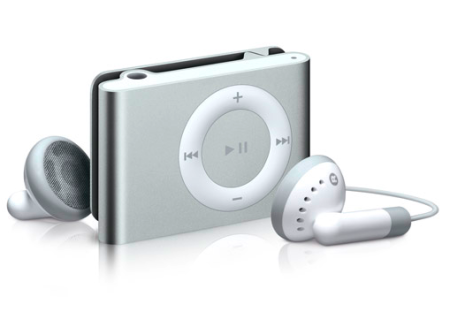
Yes, I cut much of Sonja’s head off intentionally. Many people really don’t like this photo – we really do consider the eyes to be the ‘window to the soul’. I think it’s sultry, although her clothes are sadly dated and we could have done more with her hair – perhaps we could have taken it all up to show just Sonja’s neck. But I still like it.
This was a simple set up – on the way to another location, I noticed the sun setting through the trees. We parked the car quickly, picked a jacket that would shimmer in the light and my assistant / make up artist held a large white reflector to light the jacket but not Sonja’s face.
The aperture was wide open to throw the background out of focus, her body aligned to the rule of thirds and I balanced her hands vertically against the bottom of her face. The tripod height and camera angle were chosen to be level with the jacket but also to have an out-of-focus and overexposed area behind Sonja’s unlit face for contrast. Total setup and shot time was probably fifteen minutes.






